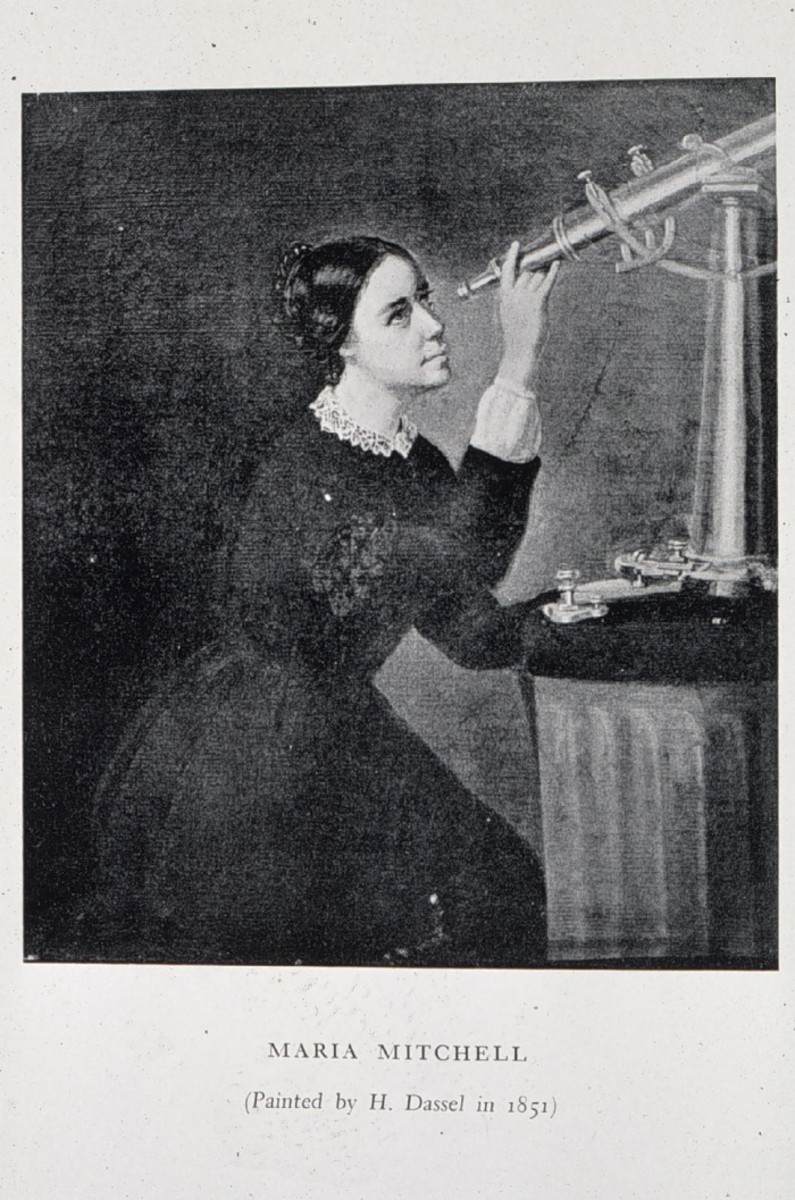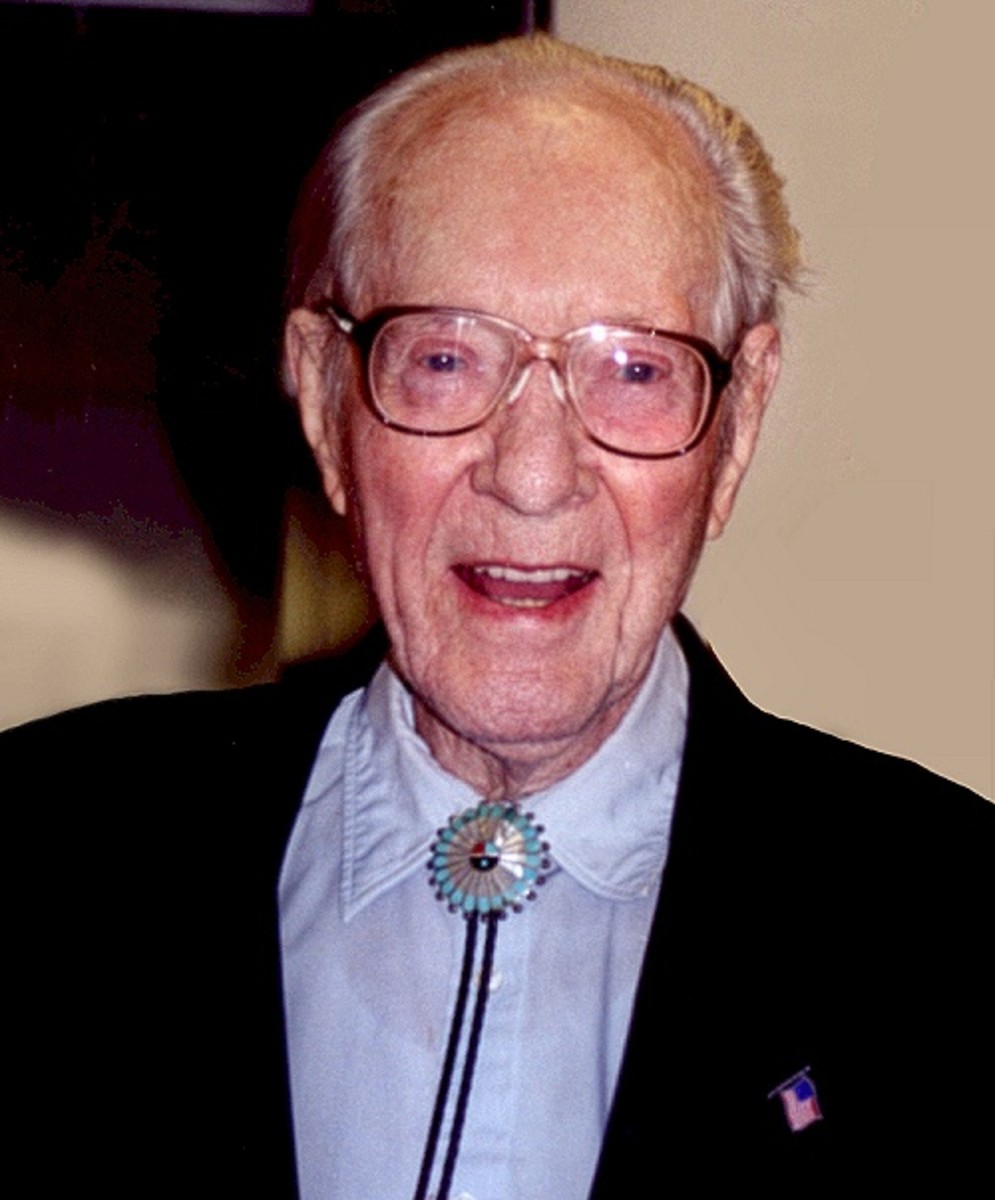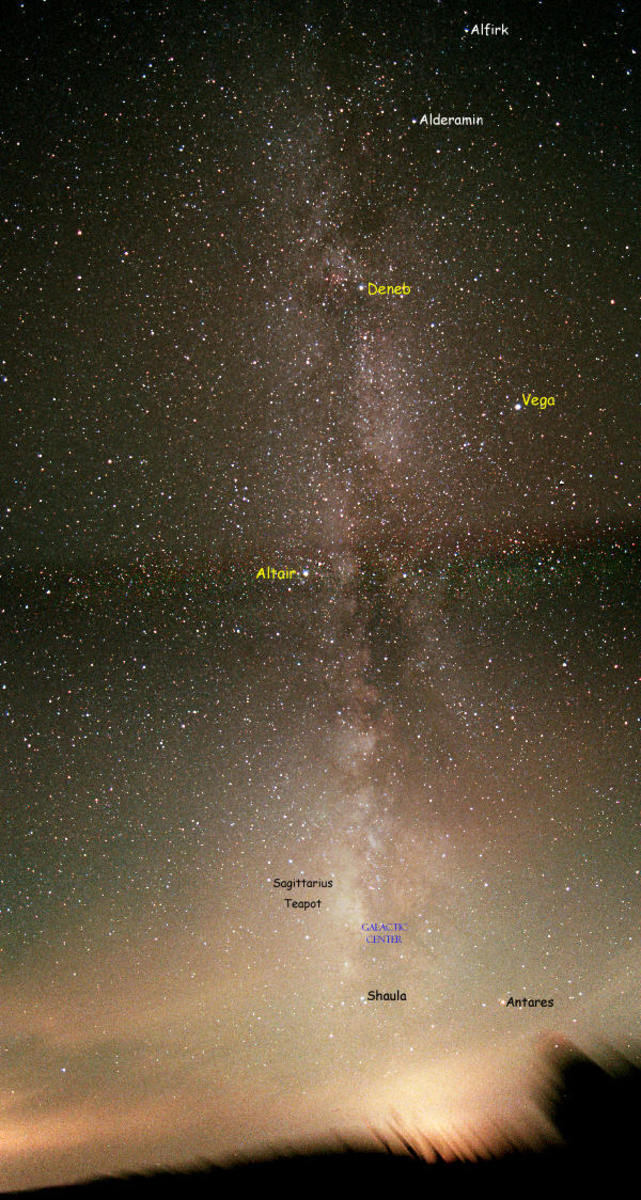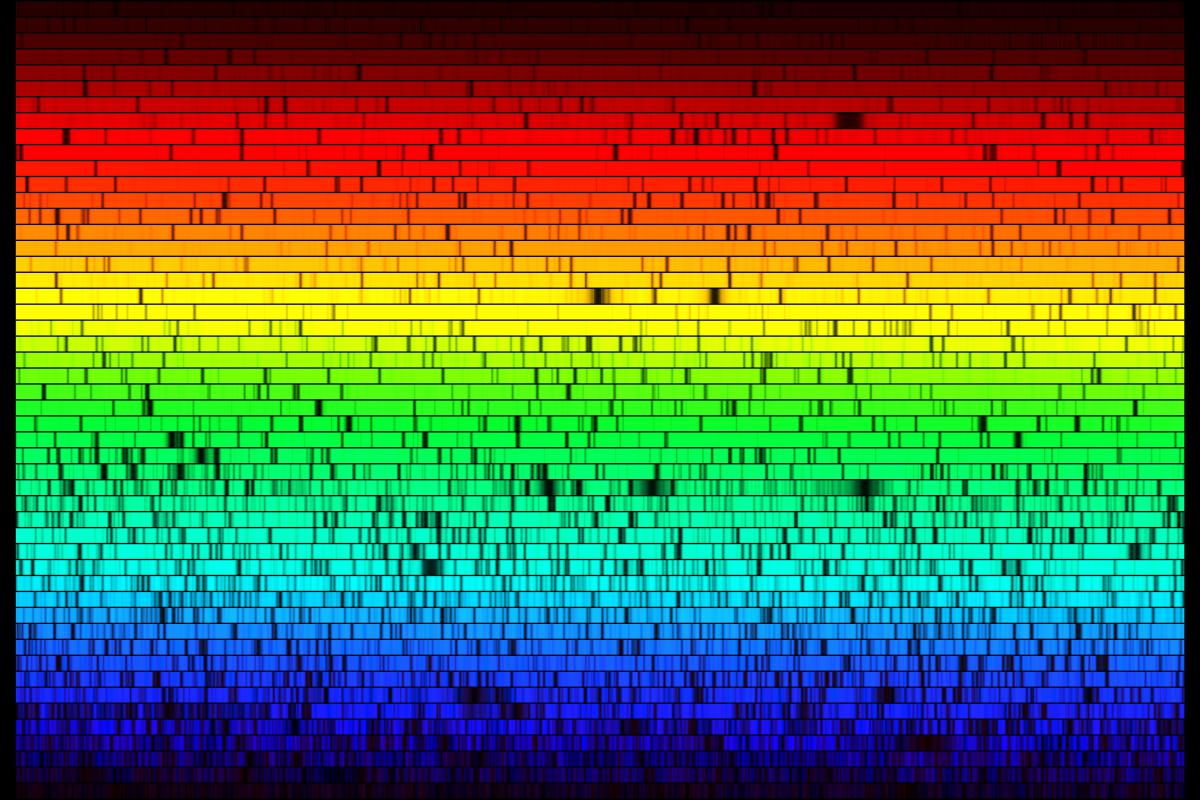The Dabbled Derivation of Astronomy
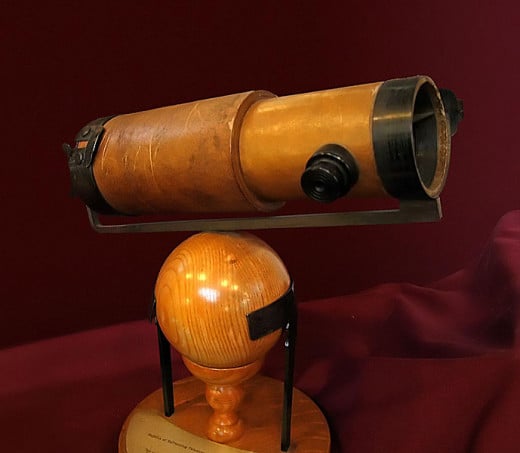
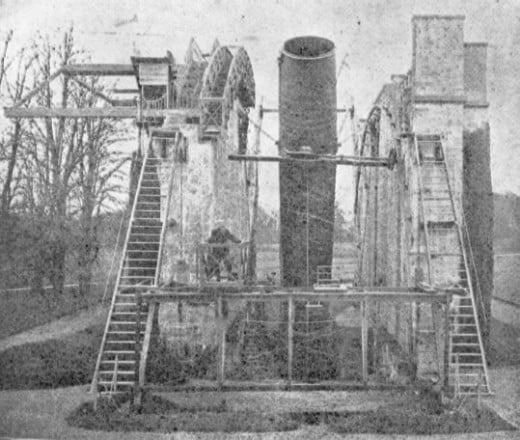
Most of who have dabbled in astronomy, whether from books, documentaries or hands on study are familiar with Galileo, Copernicus, Newton and the western understanding of it. However, there were many others who made notable contributions to this understanding, some of who were dabblers themselves.
Before the 20th Century, the Milky Way Galaxy was widely thought to contain all the stars in the Universe or, in other words, it was thought that our galaxy was the Universe. German philosopher Immanuel Kant dabbled in astronomy and was among the first Westerners to suggest in 1755 that our galaxy was just one of many. Kant’s suspicion spurred deeper scrutiny into the heavens and led to the discovery of over 2,400 clouds which were then called nebula by William Herschel. By the time Herschel discovered nebulas, he was a seasoned astronomer, but as a young adult, he was a musician and the astronomy dabbler who discovered Uranus.
In 1845, William Parsons, the Earl of Rosse, Ireland and a dabbler in astronomy erected an enormous telescope and set his sights on Herschel’s “nebula”. He noticed that some exhibited spiral structures. For the better part of a century after Parson’s discovery, it was hotly debated whether these spirals were nearby objects or distant galaxies. In 1923 Edwin Hubble confirmed that the nebula object M31 which is now known as the Andromeda Galaxy was indeed very far away and indeed another galaxy. Since then backyard, amateur astronomers have made many discoveries.
In 2009, amateur astronomer Anthony Wesley from Australia witnessed something slam into Jupiter which was so large, it scarred the planet. Volunteers from all over the world assisted Yale University in the discovery of rare galaxies known as “green pea” galaxies. Co-discoverer of the Hale-Bopp comet, Thomas Bopp was by day a construction worker. Robert Evans, a retired minister holds the record for discovering the most supernovas. The list goes on and on, so don't think you have to go to college and become an astronomer to make great discoveries.
As modern dabblers are keenly aware of mainstream Western astronomy, we are also familiar with ancient structures all over the world aligned to constellations and monoliths which track the phases and movements of celestial bodies. Being an even bigger dabbler in history, I wanted to know who came before the Egyptians, the Mayans, the designers of Stonehenge and the Babylonians. Who were the first to dabble in astronomy?
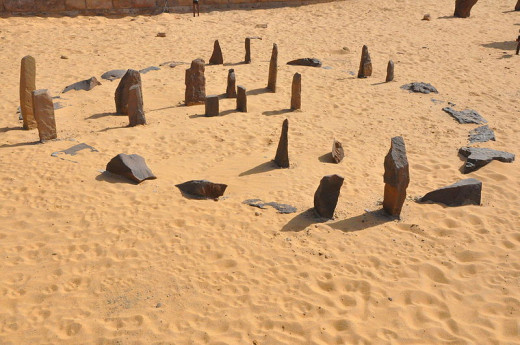
It didn’t take much digging to discover a monolithic circle at Nabta Playa in southern Egypt which is the oldest known astronomical observatory ever found. It is said to predate Stonehenge by at least one thousand years. The stones are arranged around sightlines which point to the rising sun on the summer solstice, various stars and constellations. Erecting these stones with such precision would have been a colossal undertaking in the ancient world which suggests an exorbitant and advanced knowledge of the heavens long before the plans were drafted. The stargazers of Nabta Playa were far from amateurish, so who were their predecessors?
Digging a little deeper I found that Cro-Magnon dabblers of what is now France during one of the great ice ages were dappling the ancient cosmos on cave walls as far back as 16,500 years ago, but they were far from the first. Aurignacian people of Stone Age Europe were carving lunar calendars and constellation maps into mammoth tusks and cave walls 38,000 years ago. The carvings are alleged to have been used for tracking seasons and gestation periods. Not much is known about the Aurignacians. They are believed to have replaced the Neanderthals in what is now France and Germany. I guess this would make astronomy as old as the age of man itself. Dabble on dabblers; it’s in your DNA.
![Ancient star chart carved in ivory mammoth tusk [Institute for Interdisciplinary Studies] Ancient star chart carved in ivory mammoth tusk [Institute for Interdisciplinary Studies]](https://usercontent1.hubstatic.com/7561872.jpg)
Work Cited
http://abcnews.go.com/Technology/Space/story?id=8221167&page=3
"Ancient Observatories." Stanford Solar Center. Web. 10 Jan. 2012. <http://solar-center.stanford.edu/AO/>.
"Discovering the Essential Universe, 4th Edition." , 9781429217972. N.p., n.d. Web. 10 Jan. 2013.
"Space Today Online -- Solar System Planet Earth -- Ancient Astronomy." SPACE TODAY ONLINE - Space Today Online Covering Space from Earth to the Edge of the Universe. Web. 10 Jan. 2012. <http://www.spacetoday.org/SolSys/Earth/OldStarCharts.html>.
"The Oldest Lunar Calendars | NASA Lunar Science Institute." Home | NASA Lunar Science Institute. Web. 10 Jan. 2012. <http://lunarscience.nasa.gov/articles/oldest-lunar-calendars>.



